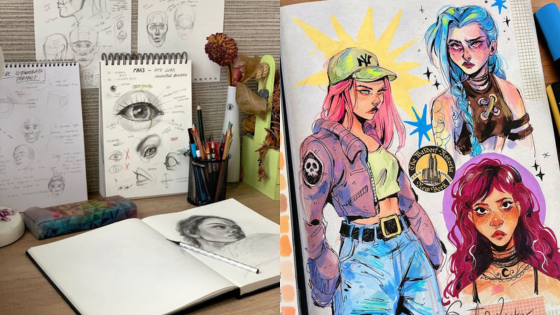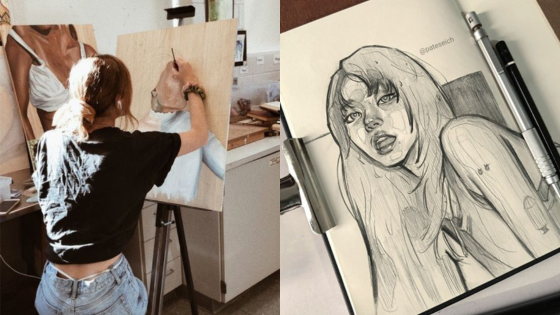Aesthetic drawing is a powerful way to express your creativity and emotions. Whether you’re a beginner or an experienced artist, exploring new ideas can rejuvenate your passion for drawing. You have a wealth of aesthetic concepts at your fingertips, from nature and urban scenes to abstract patterns and character designs.
Consider the materials and techniques you use, as they can significantly impact the outcome of your artwork. Experimenting with different mediums can open up new avenues for creativity. Visual aesthetics can transform mundane subjects into captivating visuals, allowing you to create a series that reflects your unique style.
Discover thematic ideas that resonate with you, whether inspired by personal experiences or broader cultural reflections. Engaging with such ideas not only evolves your artistic skills but also enriches your overall journey as an artist.
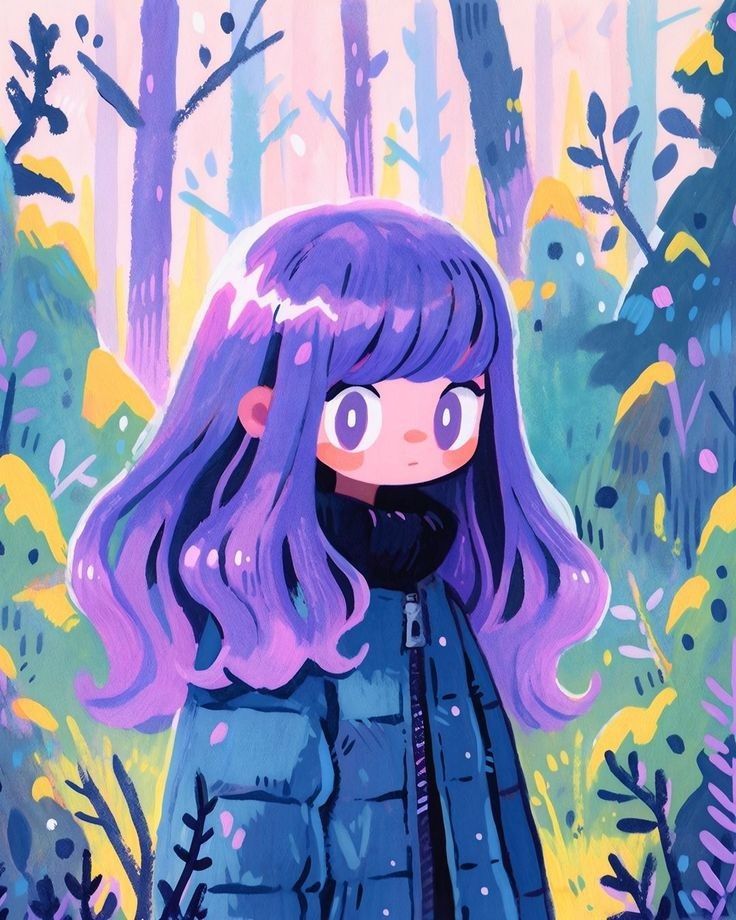
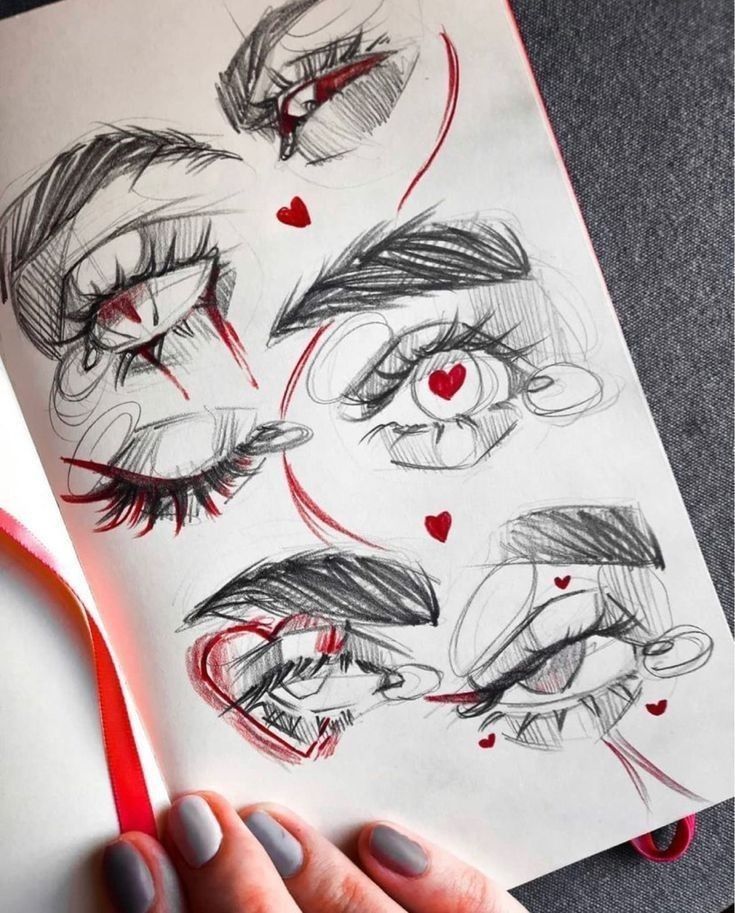
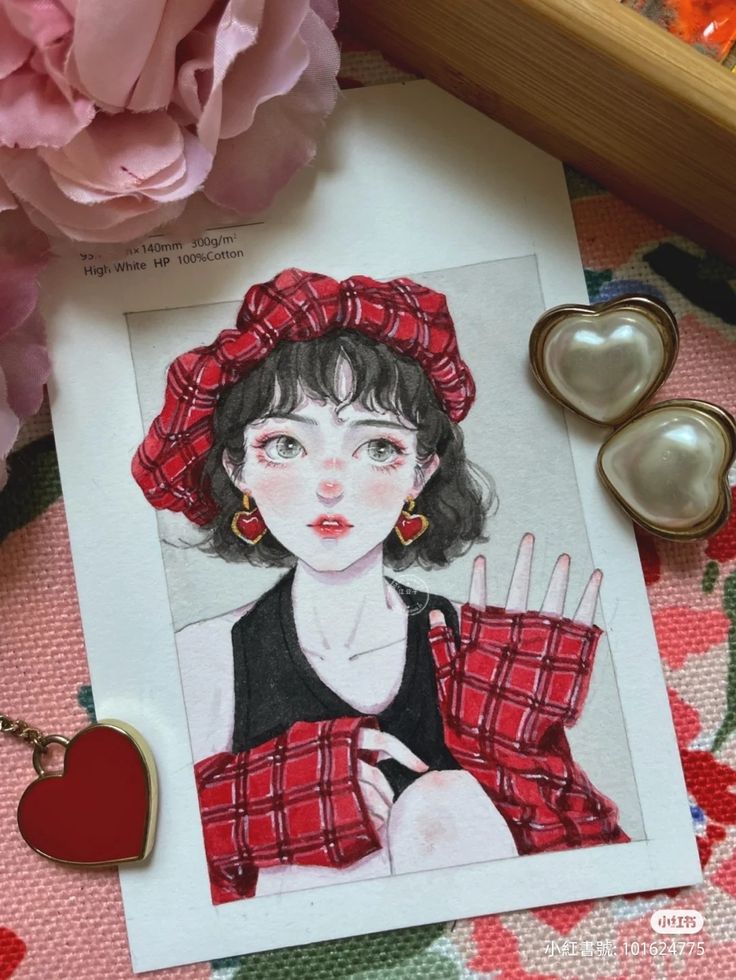
Key Takeaways
- Explore a wide range of aesthetic drawing concepts.
- Experiment with various materials and techniques.
- Create themed series that reflect your personal style.
Exploring Aesthetic Drawing Ideas
Aesthetic drawing is about creating visually appealing artwork that resonates on a personal level. You can explore various elements, from composition to subject selection, to enhance your artistic expressions.
The Essence of Aesthetic Art
Aesthetic art prioritizes beauty and emotional resonance. Begin by identifying themes that inspire you. Nature, abstract forms, and minimalism often yield stunning results.
Focus on color palettes that evoke specific feelings. Soft pastels can create a serene atmosphere, while bold colors can convey intensity.
Experiment with techniques like pencil sketching to bring depth and texture to your work. Adding layers through shading can enhance visual interest.
Maintaining a personal style is vital. This can mean anything from whimsical interpretations to stark realism. Trust your instincts and produce art that reflects your vision.
Composition and Subject Selection
Composition is crucial in aesthetic drawing. The arrangement of elements influences how the viewer perceives your artwork.
Consider using the rule of thirds when placing key elements. This technique helps create balance and visual flow. Incorporating negative space can also enhance your composition.
Subject selection should resonate emotionally with you. Choose objects, landscapes, or figures that have a personal significance or intriguing qualities.
You might explore urban scenes or natural environments, as each offers diverse aesthetic opportunities.
Finally, don’t shy away from combining different subjects. This can lead to unique narratives and engaging visual experiences, pushing the boundaries of traditional aesthetics.
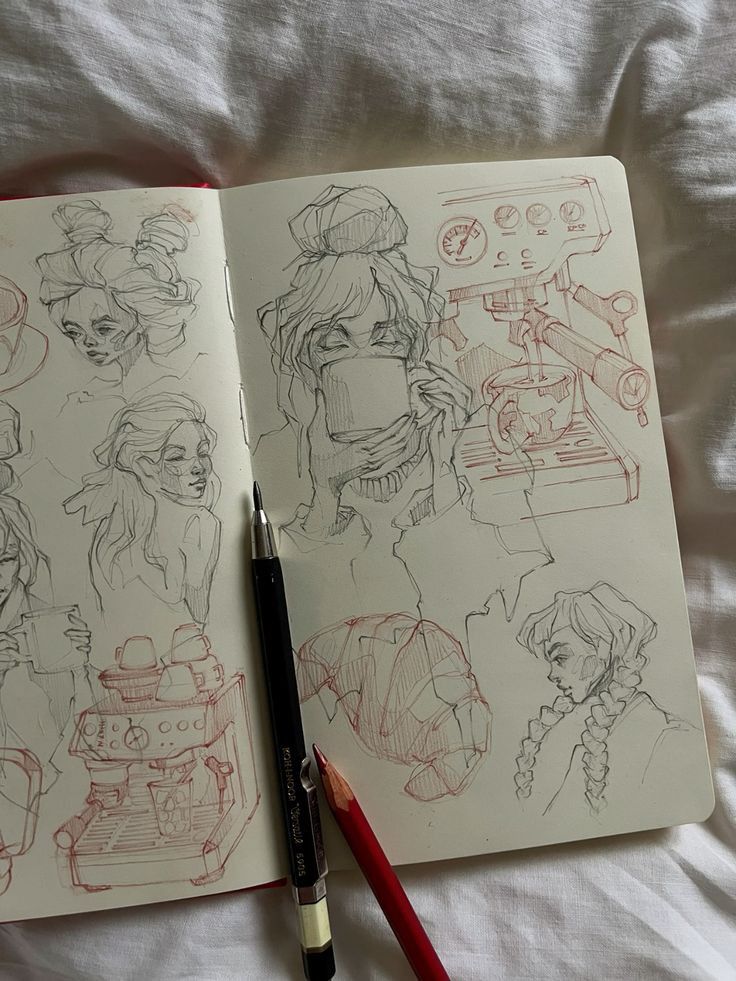
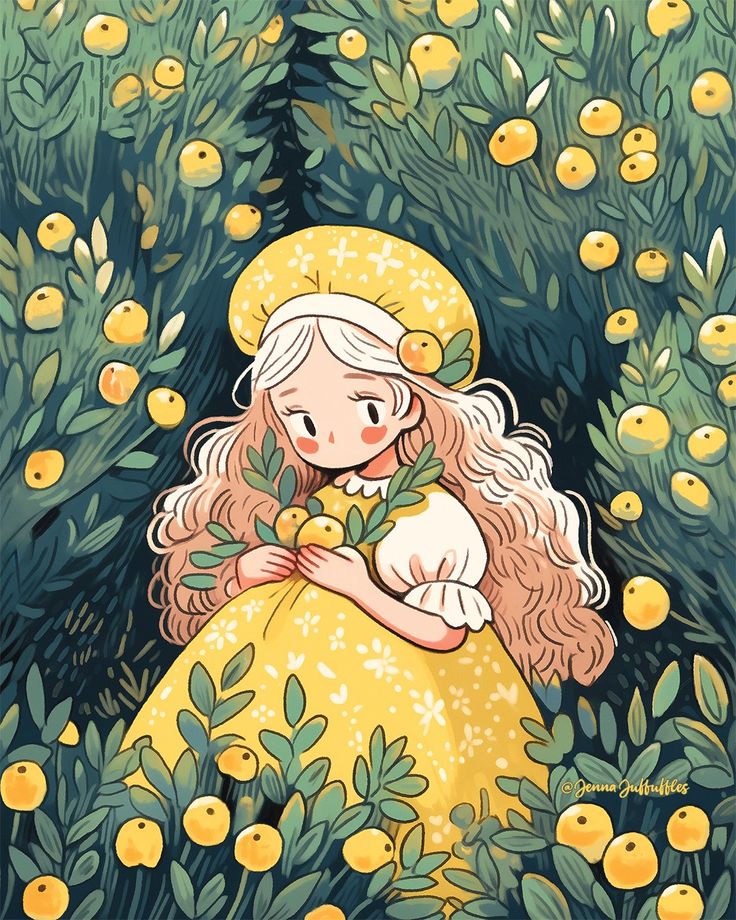
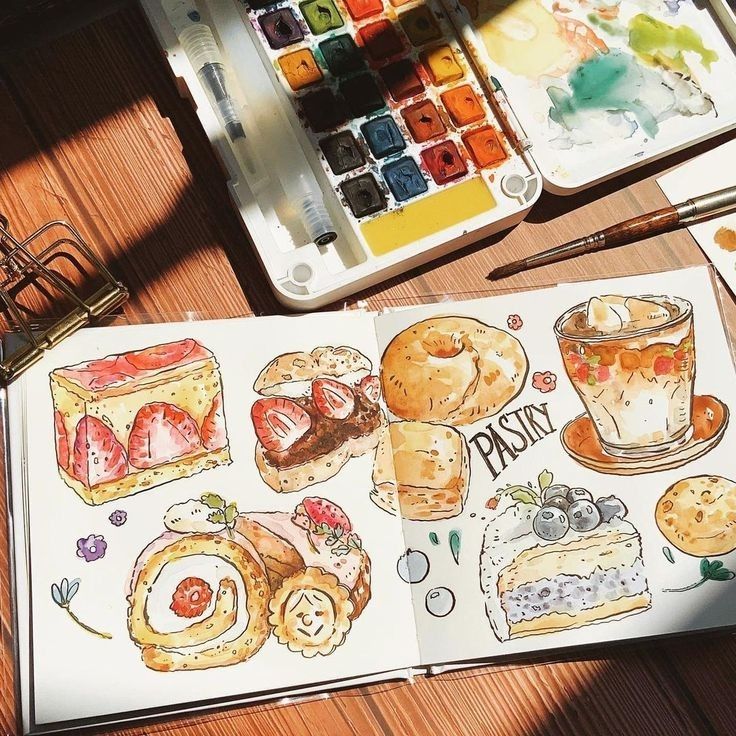
Materials and Techniques
Selecting the right materials and techniques is crucial for creating aesthetic drawings. The choice of your sketchbook and pencils can significantly influence your artistic process and final results. Understanding line work and sketching methods can also enhance your ability to express ideas visually.
Choosing Your Sketchbook and Pencils
When choosing a sketchbook, consider paper quality and size. A heavier weight paper (around 200gsm) prevents bleed-through and allows for a variety of mediums. For aesthetic drawings, you might prefer a sketchbook with a smooth surface for detailed line work or a textured surface for softer, pencil sketches.
Selecting pencils is equally important. Graphite pencils ranging from H (hard) to B (soft) allow for a range of shading and line qualities. Recommended choices include:
- 2B: Good for softer lines and shading
- HB: Versatile for both sketching and detail work
- 4B: Great for rich, dark areas
Ensure you have a well-sharpened point for precise control.
Line Work and Sketching Methods
Line work creates the foundation of your drawings. Experiment with varying line weights to add depth and interest. Thicker lines can emphasize contours, while thinner lines can detail intricate features.
Utilize techniques like hatching and cross-hatching for shading. These methods allow for smooth transitions and can convey texture effectively. Keep your hand relaxed to maintain fluidity in your strokes.
Incorporate sketching methods such as gesture drawing to capture movement and expression quickly. This approach helps develop your eye for proportion and anatomy. Remember to practice often, as consistency will improve your skill over time.
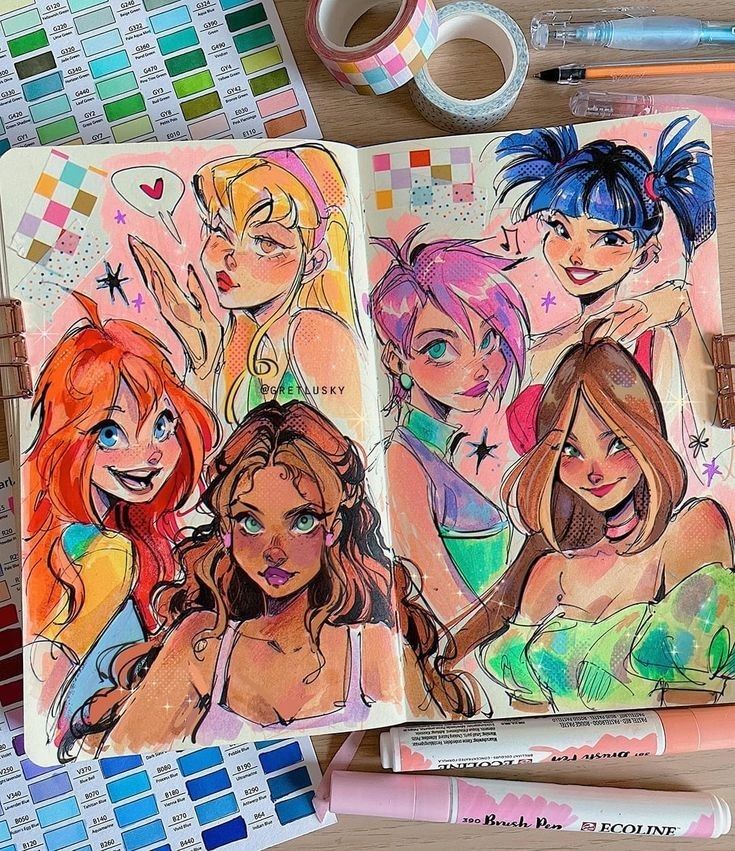
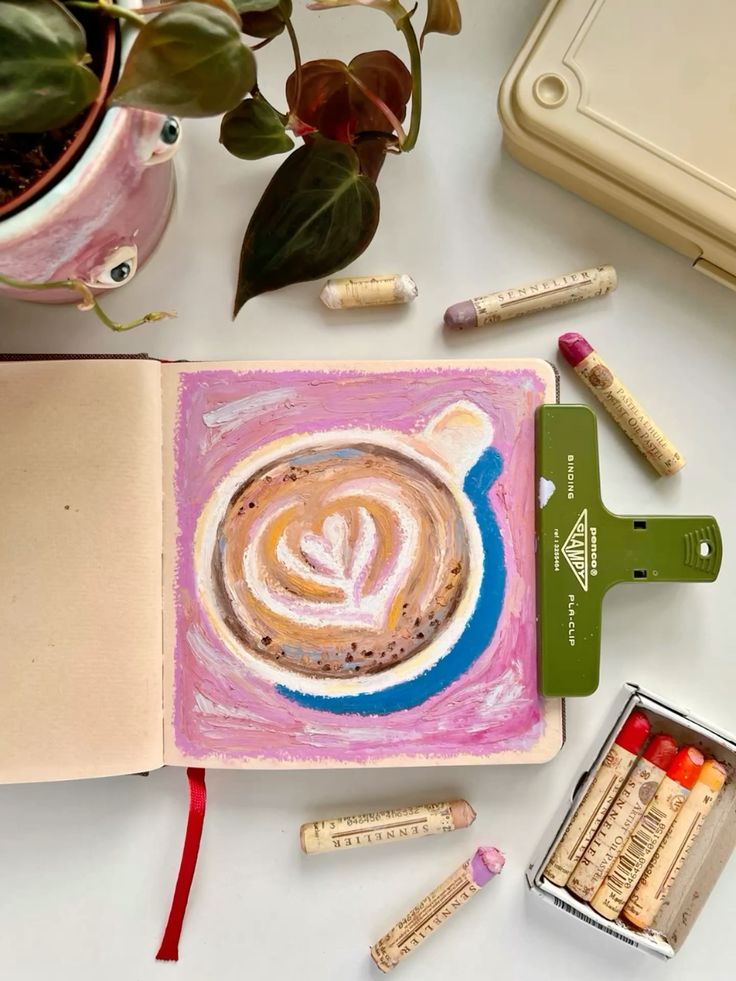
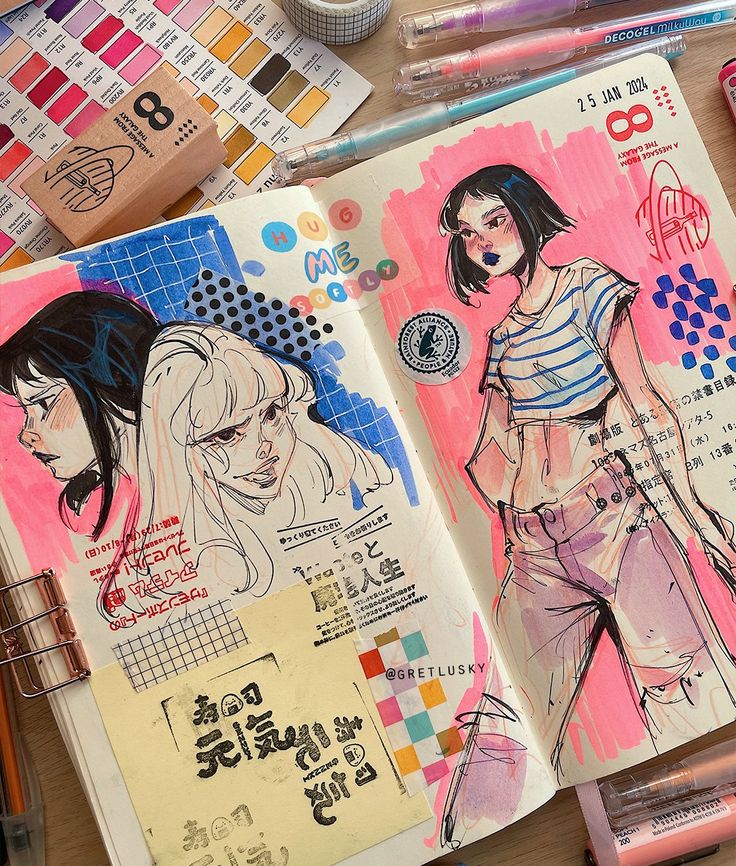
Thematic Drawing Ideas
Exploring thematic drawing ideas can inspire your creativity. You can focus on nature, animals, or everyday objects, turning ordinary scenes into captivating artwork. Here are some concise themes to consider.
Nature and Celestial Bodies
Drawing elements of nature allows you to connect with the world around you. Imagine incorporating a crescent moon peeking through fluffy clouds. Envision a serene beach scene featuring shells scattered in the sand.
You could integrate shooting stars over a tranquil landscape, or capture the delicate beauty of a poppy flower drawing. Try adding magical touches, like a crystal ball sitting on the grass, reflecting the surroundings. Themes like these encourage experimentation with colors and textures, making your nature scenes rich and intriguing.
Animals and Marine Life
Animals offer a wealth of inspiration for your drawings. Create a whale gracefully swimming through ocean waves or illustrate a butterfly fluttering among flowers. Each animal has unique characteristics, providing opportunities to explore different shapes and patterns.
Consider a playful cat drawing lounging in sunlight or a rabbit in a field of flowers. Marine life drawings can highlight the vibrant colors of tropical fish or the elegance of marine plants. Each piece invites you to convey motion and emotion, transforming your canvas into a lively scene.
Everyday Objects with a Twist
Everyday objects can become extraordinary subjects for your artwork. Imagine drawing a cup of coffee with steam rising, infused with whimsical elements like a tote bag full of flowers. You could portray a tiny house nestled in a fairy forest, blending the ordinary with the fantastical.
Consider placing an umbrella decorated with patterns in a rainy setting, or a pineapple with a vibrant background. Even a beach ball can take on new life with imaginative settings. The key is to give these objects a unique context, generating fresh perspectives and engaging viewers in your drawings.
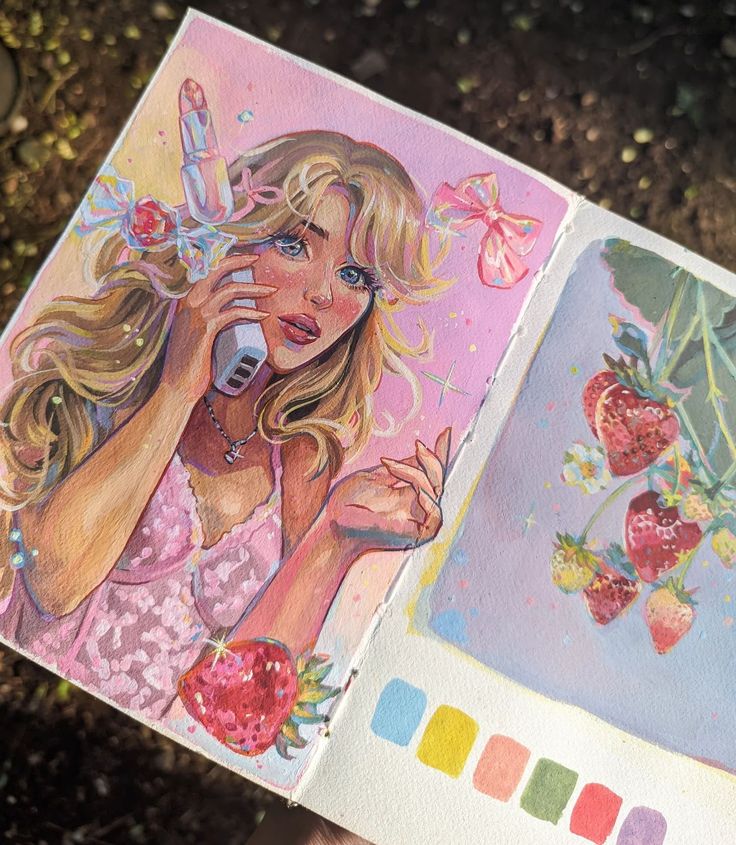
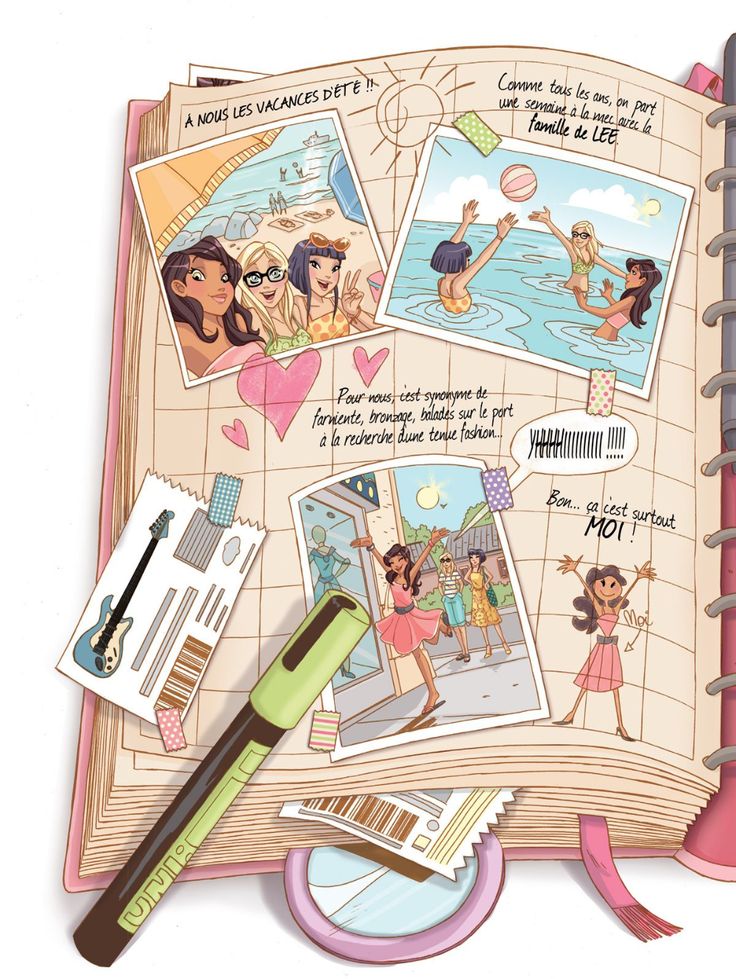

Creating Your Drawing Series
When you embark on creating a series of aesthetic drawings, focus on developing a unified style and integrating those sketches into your larger projects. This approach enriches your artistic expression and helps establish a recognizable theme.
Developing a Cohesive Style
To create a series, start by identifying common elements that resonate with you. This could be color palettes, themes, or particular subjects like minimalist aesthetic flower drawings or cute drawings of mermaids.
Use consistency in your line work, shading techniques, and overall composition. For example:
- Color Palette: Choose a set of colors and stick with them across your series.
- Style: Decide whether you want a more realistic or abstract approach.
- Theme: Focus on specific subjects like nature, fantasy, or simple doodles.
These choices will unify your drawings, creating a visually appealing series.
Incorporating Aesthetic Sketches into Projects
Your aesthetic sketches can enhance various projects, from personal journals to social media posts. Think about how you want to present your work.
If you’re working on a digital platform, consider creating themed posts featuring your easy aesthetic drawing ideas. You can also compile sketches into a single piece, combining several aesthetic doodles into a larger, cohesive artwork.
For physical projects:
- Art Journals: Use your sketches as page dividers or focal points for specific entries.
- Gifts: Turn your drawings into greeting cards or framed art.
In addition, Custom Pens are another way to incorporate aesthetic sketches into everyday life. You can design a series of unique pens with your sketches or aesthetic doodles printed on the pen body.
These pens can not only be used for personal stationery but also serve as gifts for friends and colleagues. They are not only practical but also showcase your artistic talent, becoming a mobile painting tool that carries your artistic style. Whether used in meetings, classrooms, or daily drawing practice, these pens can remind you and others of the importance of aesthetics and creativity. In this way, your artistic works can exist in people’s daily lives in a more practical form, inspiring creativity and imagination.
By seamlessly integrating your sketches into projects, you expand your creative expression while maintaining consistency of style.
- 9shares
- Facebook0
- Pinterest9
- Twitter0

